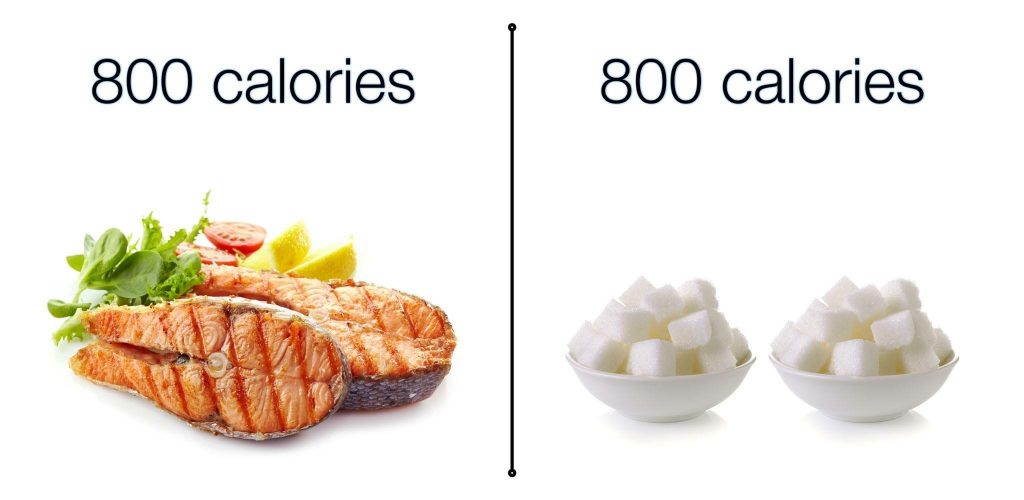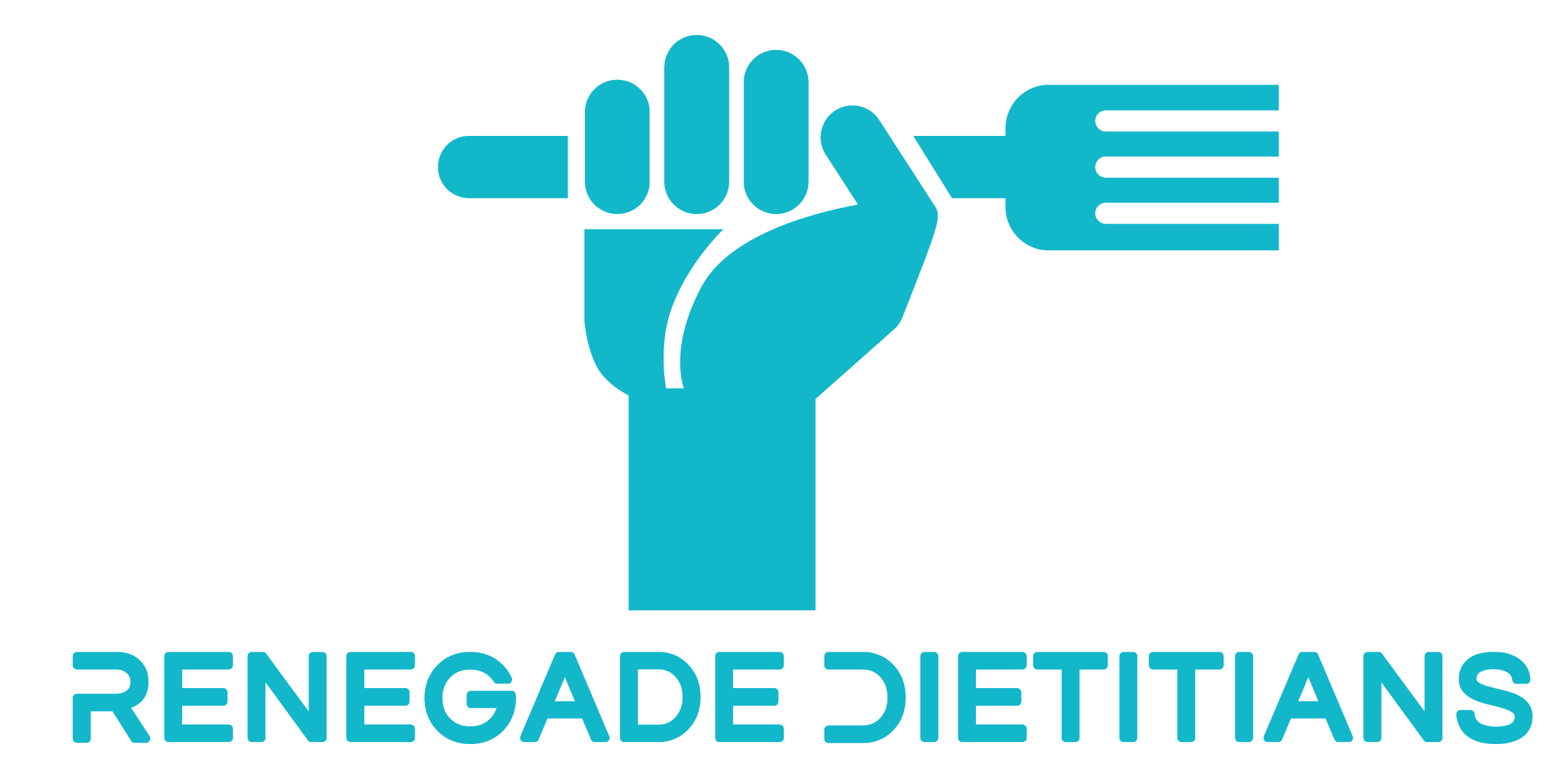Category: Weight Loss
Mindfulness and Weight Management

This month, our fabulous Metro Dietetics team has presented a range of high quality and evidence-based articles around weight management. Today, I am going to showcase some simple strategies that I like to refer to as the missing puzzle pieces of weight management.
I am not going to lie, these will not guarantee you fast or extreme weight loss results in a short period of time. However, these strategies will help to form the basis of healthy lifestyle modification, which goes hand in hand with modifying the types of foods eaten. Furthermore, these strategies will help to ensure slow and steady behavioural changes, which off-set the vicious effects of yo-yo dieting and weight-cycling. The notion is around MINDFULNESS, which I think is fitting given the cult-like behaviours we are seeing more often around our food choices.
Okay, I’m going to cut to the chase. Please read on if you’re with me.
At this point in time, I am focusing on HOW you’re eating rather than WHAT you’re eating.
Eat slowly, chew well
Have you ever considered the pace at which you eat? This is a big one yet it’s not something we consciously think about. More research is demonstrating that the pace at which we eat can influence the quantity of food we ingest at meal times.
In general, those who eat quickly tend to eat more than their counterparts who eat slowly. It takes roughly 10-15 minutes for our gut to signal to our brain that it is feeling full. Therefore, a person who eats slower is better equipped at recognising their body’s ‘fullness’ signal because they have allowed sufficient time for this response to occur, hence are more likely to stop eating before they overeat. In contrast, those who eat quickly are more likely to have already finished their entire dinner plate before feeling overly full.
Take home message and useful tips:
> Slow down the pace of your eating by chewing your food well
> Swallow your food before starting your next mouthful
> Using smaller cutlery can help you to take smaller mouthfuls
> Place your cutlery on the table after each mouthful
This is not something that can be changed over night – you may need to retrain your brain which could take a number of days or even weeks.
Food psychology is important
Many of us have been programmed since children to finish our plate. As a result, we tend to mindlessly fill up our dinner plate to the brim, then feel the need to gobble up every last mouthful.
One tip I encourage is to reduce the size of your dinner plate, if you’ve identified that this is an issue for you. The psychology behind this is that you’re still creating an illusion that your plate is full, which is in fact correct. However, it’s a smaller amount to what you would have typically served up, prompting you to eat less but still be satisfied with that amount. The key is not to make the PILE of food higher. Remember, there will always be more food to go back to if you are still feeling hungry.
The Great Divide
If you’re still feeling unsure about the amount of food to add to your dinner plate, then this might be the strategy for you: dividing your plate up. This strategy is being adopted more often today, and I think it’s a great one.
Here’s how:
1- Fill up your dinner plate and then divide it in half.
2- Eat one half of your dinner plate.
3- Pause for 10-15 minutes. Remember, you must allow time for your brain to register its level of ‘fullness’. Reassess your hunger levels.
4- If you’ve identified that you’re not quite satisfied, divide your plate in half again, so that you are left with two original-sized quarters.
5- Eat one quarter. Pause for 10-15 minutes.
6- Attempt to stop eating at this point if you feel satisfied after your pause. If not, you are entitled to finish the remainder of your plate.
This will not only help you to slow down the pace of your eating, but will also enable you to become more intuitive with your eating. A dietitian with a special interest in this approach will be able to provide you more guidance around this strategy.
Minimise distractions at meal times
This point goes hand in hand with Point 1. One reason we are likely to overeat at meal times is due distractions including TVs and phones. How much attention are we really paying to what we’re eating, how we’re eating and how much of it we’re eating? The answer is most likely: very little. I challenge you to trial a TV-free or phone-free meal time, at least three times a week. Instead, focus on the actual activity of eating. Pay closer attention to your food. What does it look like, what does it taste like? Was it saltier than you imagined? Perhaps crunchier than you imagined? How quickly are you eating? Do you need to slow down? Familiarise yourself with the food you’re eating, regardless of whether you cooked it or not. You may discover things you’ve never noticed before. Perhaps you may have never appreciated the time and effort that goes into cooking if you do not routinely cook the food yourself.
Conclusion
These topics are only the tip of the iceberg when it comes to exploring mindful approaches to healthy eating and weight management. While they may not be applicable to everyone, they certainly make up the fundamentals of our eating habits, but are ironically and consistently overlooked as important aspects of our eating.
If you would like specialised advice around mindful eating, make an appointment to see one of our nutrition experts!
References:
Angelopoulos T, Kokkinos A, Liaskos C, et al. The effect of slow spaced eating on hunger and satiety in overweight and obese patients with type 2 diabetes mellitus. BMJ Open Diabetes Research and Care 2014;2:e000013. doi:10.1136/bmjdrc-2013- 000013
Kausman, R. (2004). If Not Dieting, Then What? New South Wales, Australia: Allen & Unwin.
Wilkinson L, Ferriday D, Bosworth ML, Godinot N, Martin N, Rogers PJ, et al. (2016) Keeping Pace with Your Eating: Visual Feedback Affects Eating Rate in Humans. PLoS ONE 11(2): e0147603. doi:10.1371/journal.pone.0147603
Willer, F. (2013). The Non-Diet Approach Guidebook for Dietitians. First Edition. United States: Lulu Publishing Ltd.
Top 5 Misconceptions about Weight Loss

When it comes to weight loss, there are so many misconceptions surrounding it.
Today, we tackle our top 5 misconceptions about weight loss.
Misconception 1 – “Losing weight is as simple as ‘calorie in’ versus ‘calorie out’ (CICO)”
This is possibly one of the most common misconceptions around, giving rise to virtually every single weight loss product or program these days. The belief is that as long as we keep our caloric input less than our caloric output, we should lose weight.
There are a couple of fundamental flaws to that belief, which ultimately renders this calorie in versus calorie out (CICO) equation useless when it comes to weight loss.
To begin with, calories is an energy measurement, where 1 Calorie (often abbreviated to kCal) is the amount of energy needed to increase the temperature of 1L of water by 1 degree Celsius.
When we talk about calories in, we are referring to the amount of energy we are getting via the foods and beverages we consume. This part of the energy equation we can somewhat control.
However, when we talk about calories out, often the general public (and even some health and fitness professionals) will think about what our bodies expend through exercise or exertion. That is how the whole phenomena began with people assuming that if they did X number of hours on the treadmill, they could consume Y number of calories through food, and still technically be in “energy deficit”. One minor issue – exercise is not the only determinant of energy output.
Quite apart from the fact that our bodies use energy differently one person to another during exercise, there are other factors not taken into consideration when assuming calories out. Other things that contribute to our caloric output include:
Our BMR (Basal Metabolic Rate) – this is the amount of energy our bodies use to keep us alive. It is the energy our body uses to breathe, and to regulate our body temperature, and so forth. Unfortunately, our BMRs are so different person to person, and can also change dramatically depending on our body composition, food intake and other things such as illnesses.
TEF (Thermic Effect of Food) – We will touch on this more in Point 2, but essentially our bodies digest foods differently, depending on the amount of protein versus carbohydrates versus fats.
Our body also recognises when our intake drops too low below our current BMR, and responds by lowering our BMR. This is the body’s own mechanism to protect itself from literally withering away into nothingness. With a reduced BMR, your same food intake and exercise will no longer yield the same results with weight loss.
Misconception 2 – “A calorie is a calorie”
Knowing that losing weight by simply assuming CICO is futile, let’s now explore how counting calories is just as futile.
When we embark on counting calories, the automatic assumption is that a calorie is a calorie, no matter what is giving us that calorie. Quite apart from the fact that food is SO much more than just a caloric value, when you factor in the TEF you will realise that alas, a calorie is NOT a calorie. Let me explain.
Different nutrients affect digestion and metabolism differently.
For example, protein has the highest thermic effect of all the macronutrients (proteins, carbohydrates and fats), meaning that our body burns more energy when we eat protein rich foods. Protein also increases satiety (fullness), and suppresses our hunger via hormonal responses mediated by the hypothalamus, also known as the “control centre” of our brain.
Fats, whilst has the lowest thermic effect of the 3 macronutrients, has the slowest transit rate through our digestive tract. What this means is that fats can slow down the rate that food passes through us, and helps keep us feeling fuller for longer.
Therefore, a meal rich in proteins and fats will be much more satiating and keep us feeling satiated for far longer (at the same time burning more “calories”) than a meal rich in carbohydrates but void of proteins or fats. (see image below).
Knowingly, when we eat a meal that is more satiating, we then tend to eat: a) less of it, and b) less frequently. Ultimately, long term, this has a much greater impact on weight loss (or fat loss) than simply caloric restriction.
Misconception 3 – “Eating more frequently can speed my metabolism up”
How many times have you heard, or been told, that eating frequent small meals helps with boosting your metabolism?
Well, that’s not correct.
Metabolism is determined by total energy intake and requirements, but can be, in the short term, affected by factors such as exercise and stimulants (e.g. caffeine).
However, if your BMR is 1800kCal and your current daily intake is 1200kCal – you could eat that across 2 meals a day or 8 meals a day – it will make no difference to the fact that you are eating below BMR, and your metabolism will likely slow down still.
On the flip side, if your BMR is 1800kCal and your current daily intake is 1800kCal – you could again eat that across 2 meals a day or 8 meals a day, but your metabolic rate will unlikely drop off because you are meeting basic energy requirements to keep your metabolism up. In fact, if you are quite active, you will often need more than just your BMR to keep your metabolic rate high, and by eating to support your physical activity demands too, you would boost it even higher!
Misconception 4 – “Not eating breakfast will make me gain weight”
Somehow it has become a socially accepted “fact” that not eating breakfast will somehow make us gain weight (or at the very least will hinder our weight loss goals).
This belief is a follow through from the misconception that “skipping meals” or reducing meal frequency will result in a slowed metabolism. As pointed out above, this is not the case.
There is nothing special about breakfast, except the fact that it is a meal to help provide energy and set us up for the morning, for those who need it. Some people actually wake up and not feel like eating anything, and I think it is so important to point out that if this is you, there is absolutely NOTHING wrong with you, and you do not need to now force feed yourself in the hope that this will boost your metabolism and help you along with your health and weight loss goals.
In fact, fasting is a well-researched and well-documented approach for health and weight – I will be discussing this more in a blog later this month. Make sure you keep an eye out for it!
Disclaimer: Fasting does NOT equal starving – remember what we said earlier about not eating below your BMR? Eating below your BMR = starving. As long as you eat in line with your goals and you meet your BMR, not having 3 meals a day is still absolutely OK!
Misconception 5 – “My friend lost 30kg on a diet – I am going to do what my friend did because her results are amazing!”
Now that we know that it isn’t as simple as CICO, and that a calorie is NOT a calorie, we cannot expect that a diet that someone else did and had worked wonders will yield the same outcome for ourselves.
However, the way that most weight loss products and programs are marketed attract people to their products/programs by attempting to convince you that because “Anna” lost 30kg doing their program or using their shake, so can you!
Similarly, when we see our friends achieve massive weight loss doing what they are doing, we automatically try to copy it because we assume that it will work the same for us.
Please note that this is not the case (as explained throughout this article). There are so many nuances we need to consider (but simply don’t!):
> Age
> Gender
> Ethnicity
> Body composition
> Exercise types and intensities
> Goals
> Genetics
> Metabolic health and hormones
So, instead of trying to copy someone else’s weight loss success by doing what they did, why not seek some professional assistance in working out what works for YOU so you can eat and exercise in a way that not only suits your lifestyle but also your food preferences and physical health status and goals!
– See more at: http://www.metrodietetics.com.au/top-5-misconceptions-about-weight-loss/#sthash.2sHmheOV.dpuf



